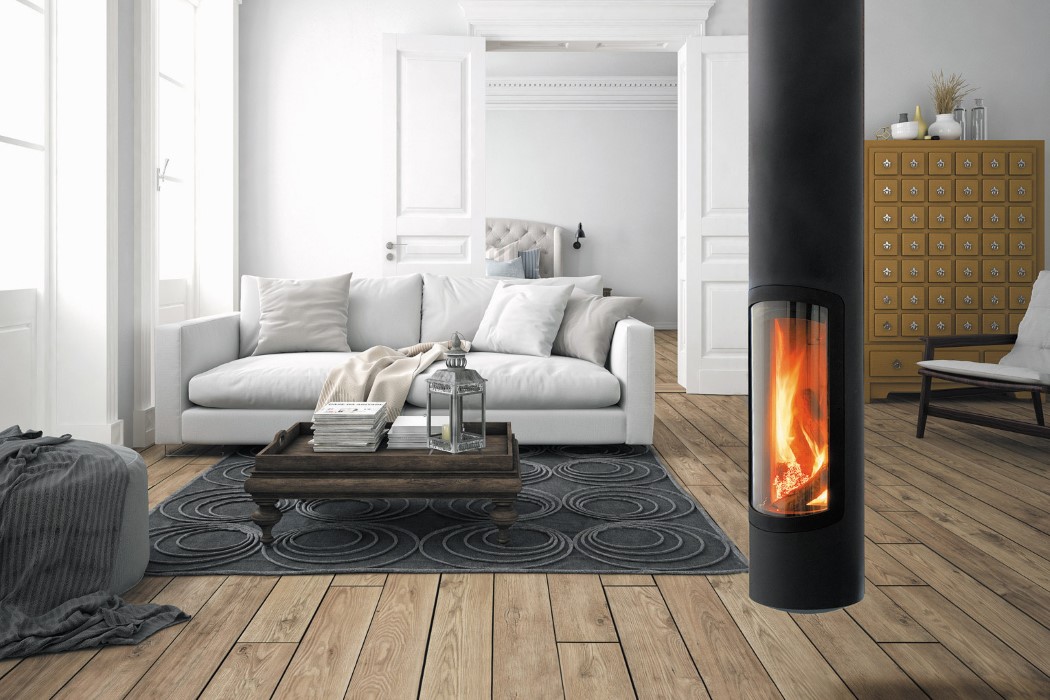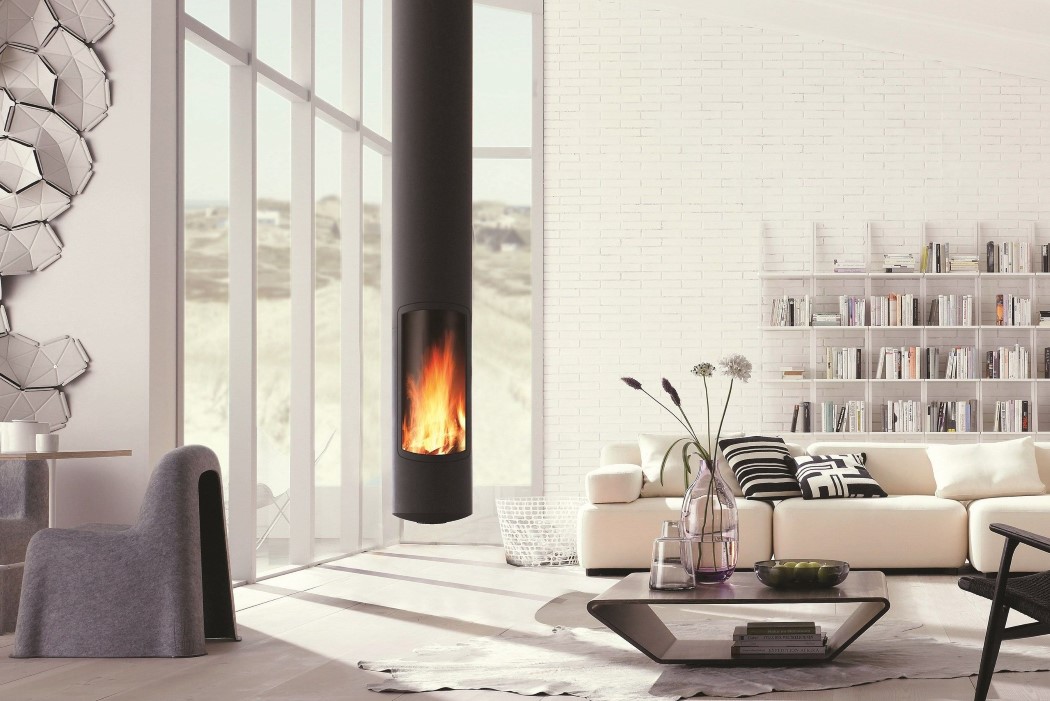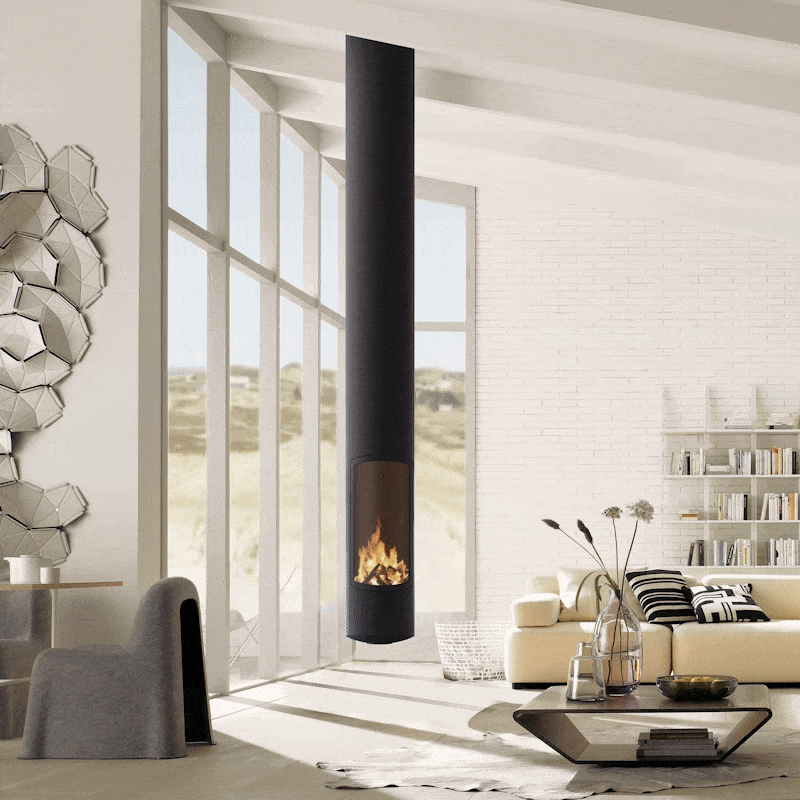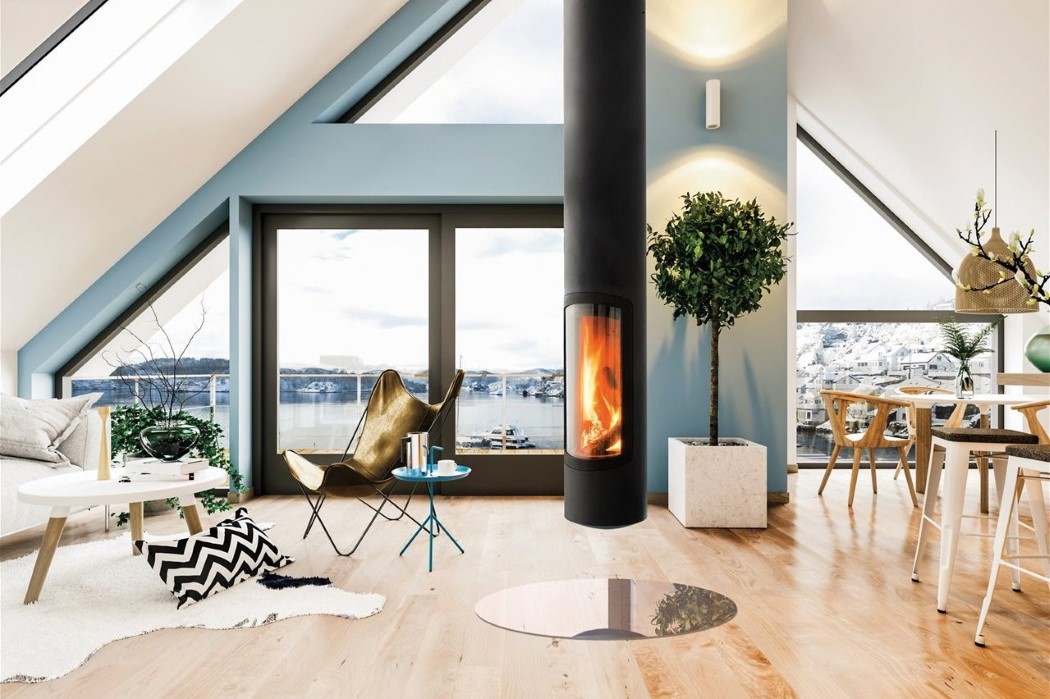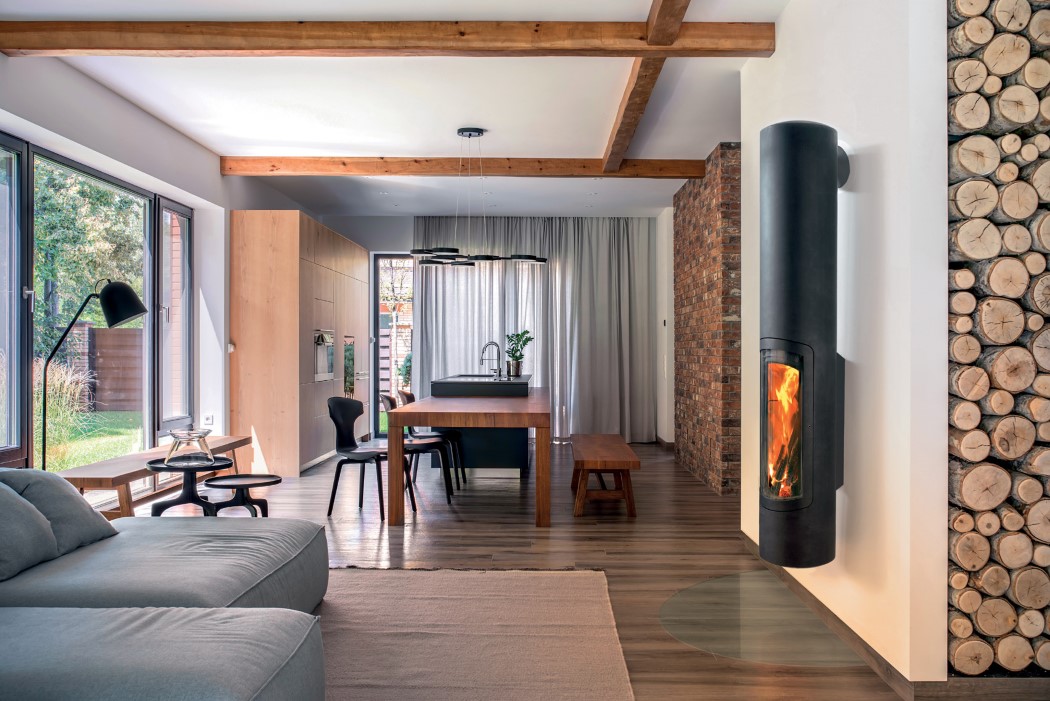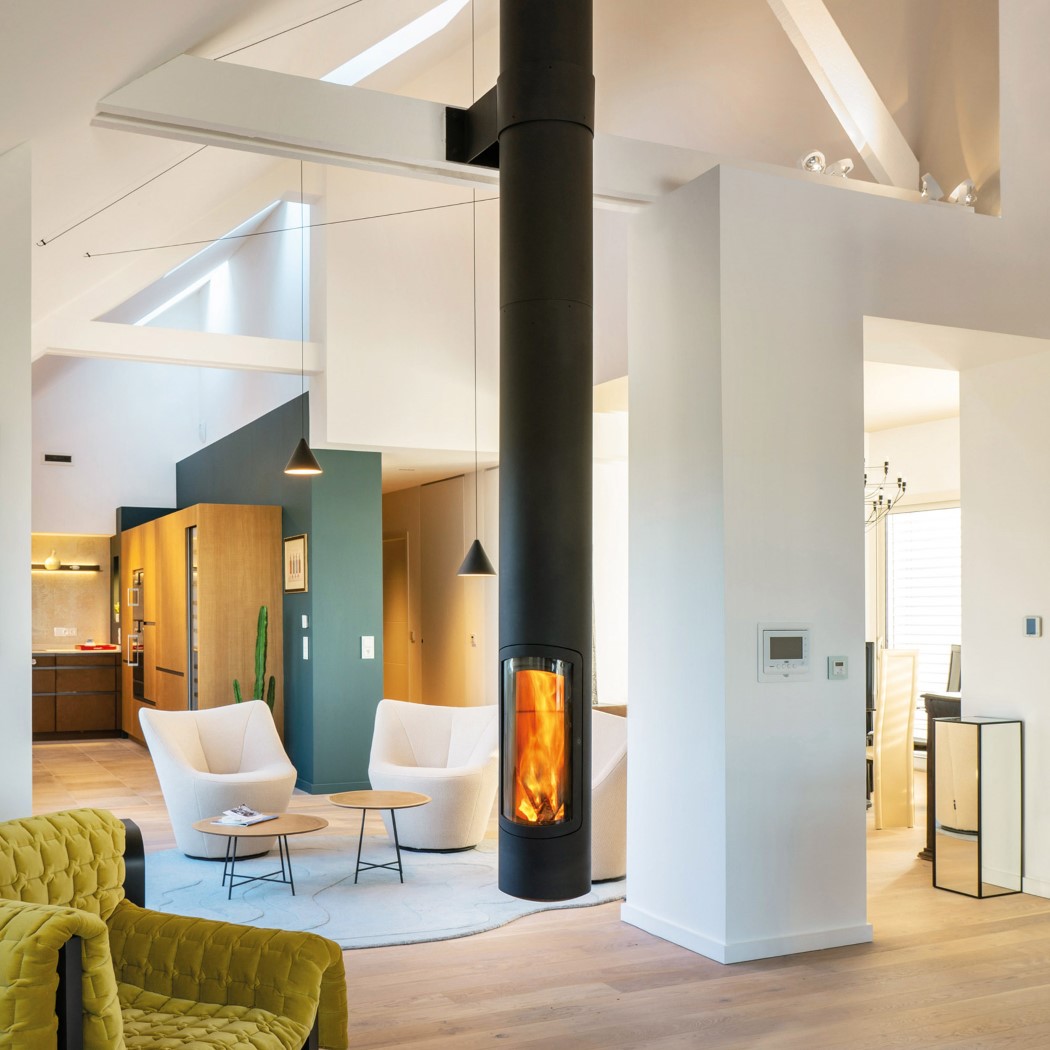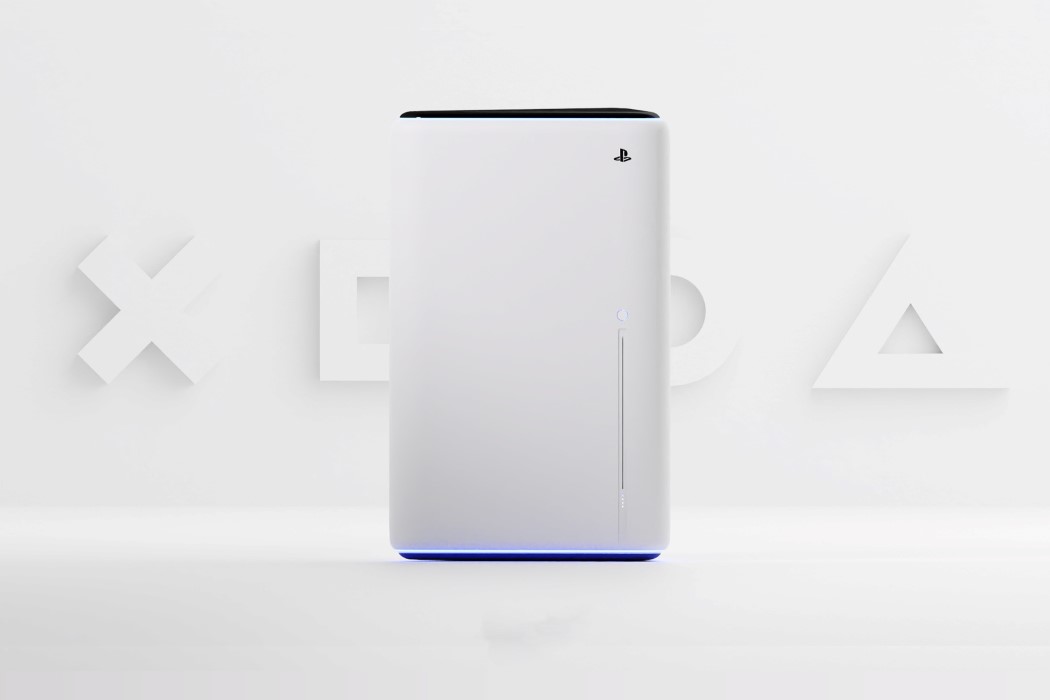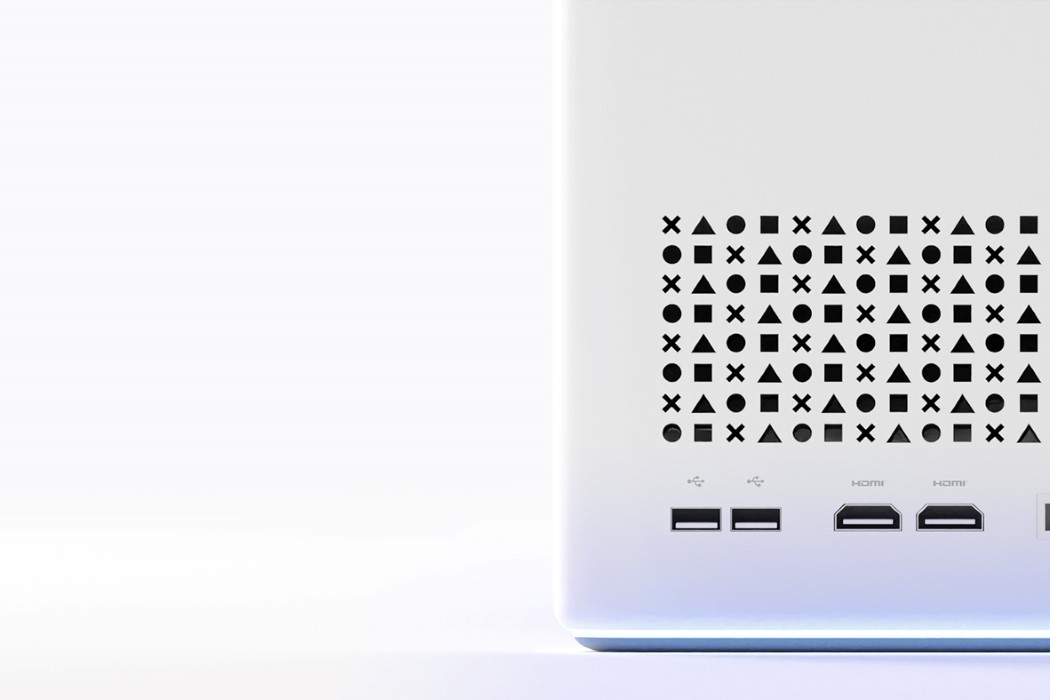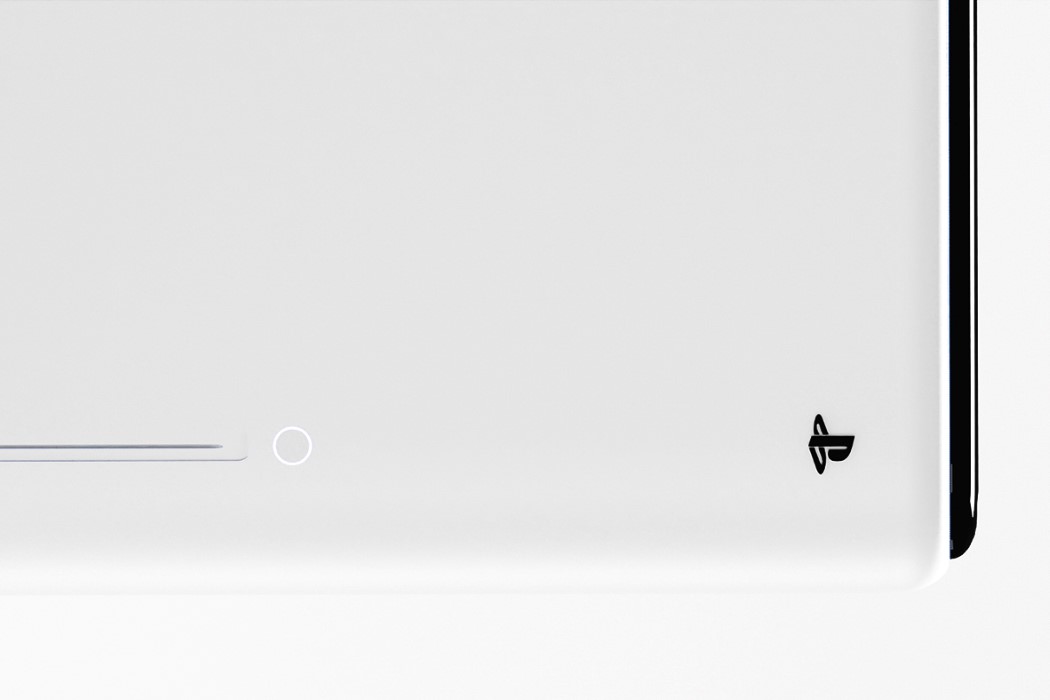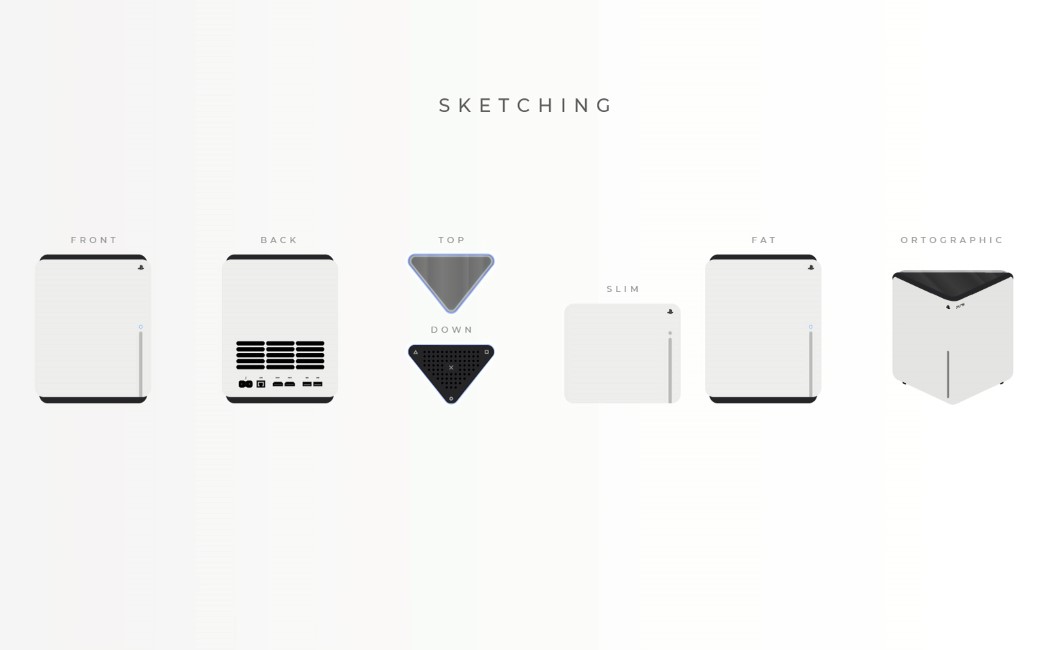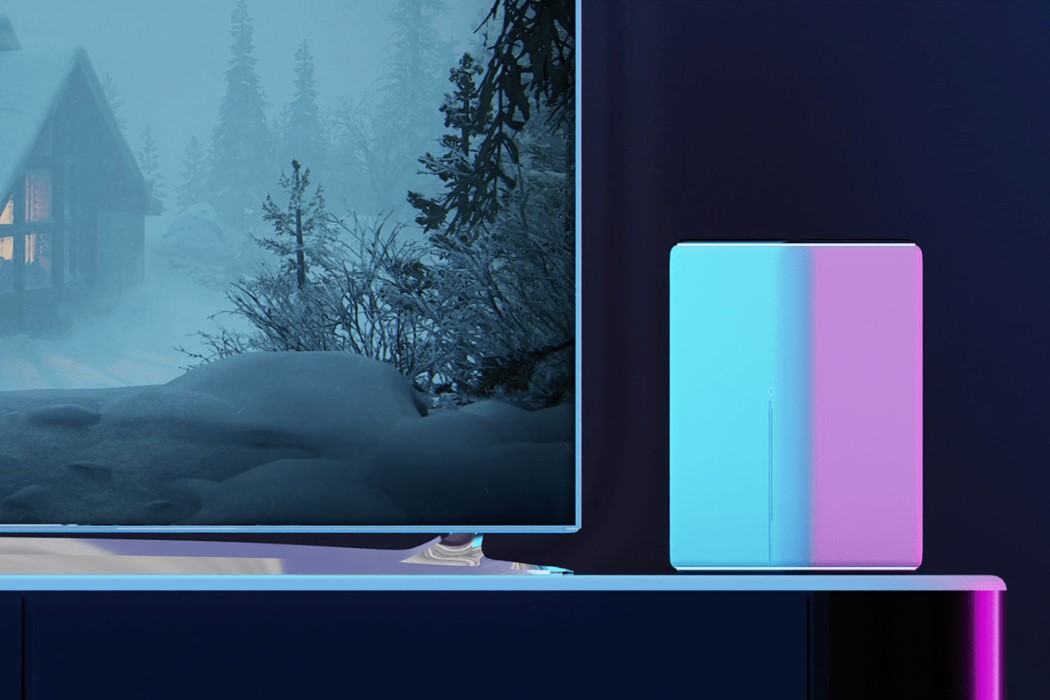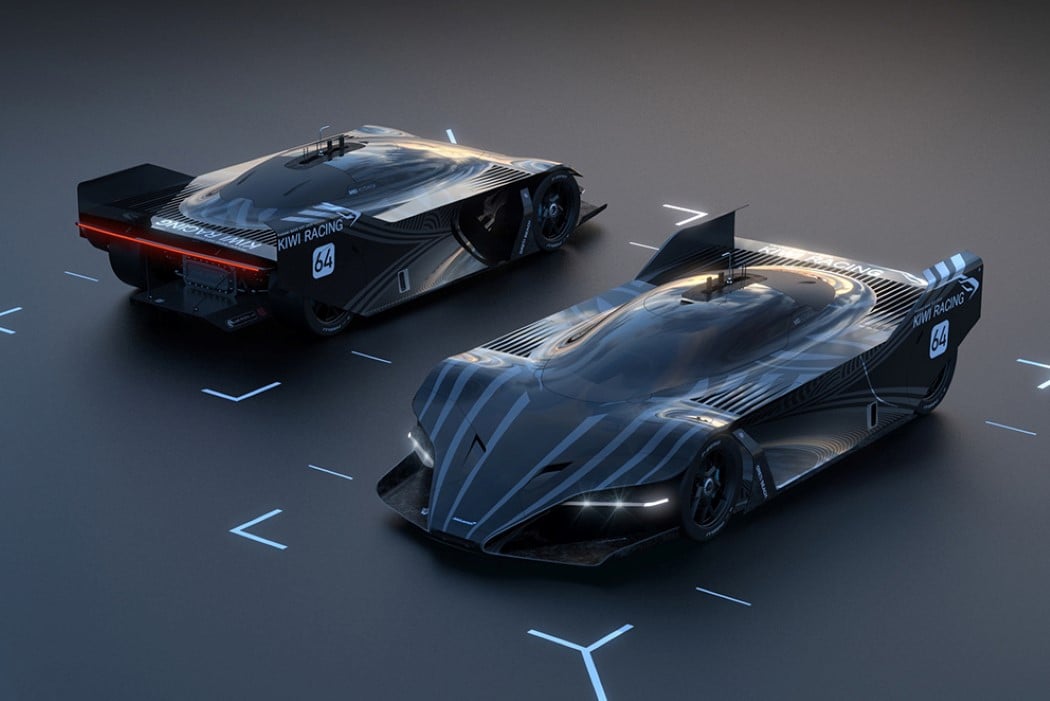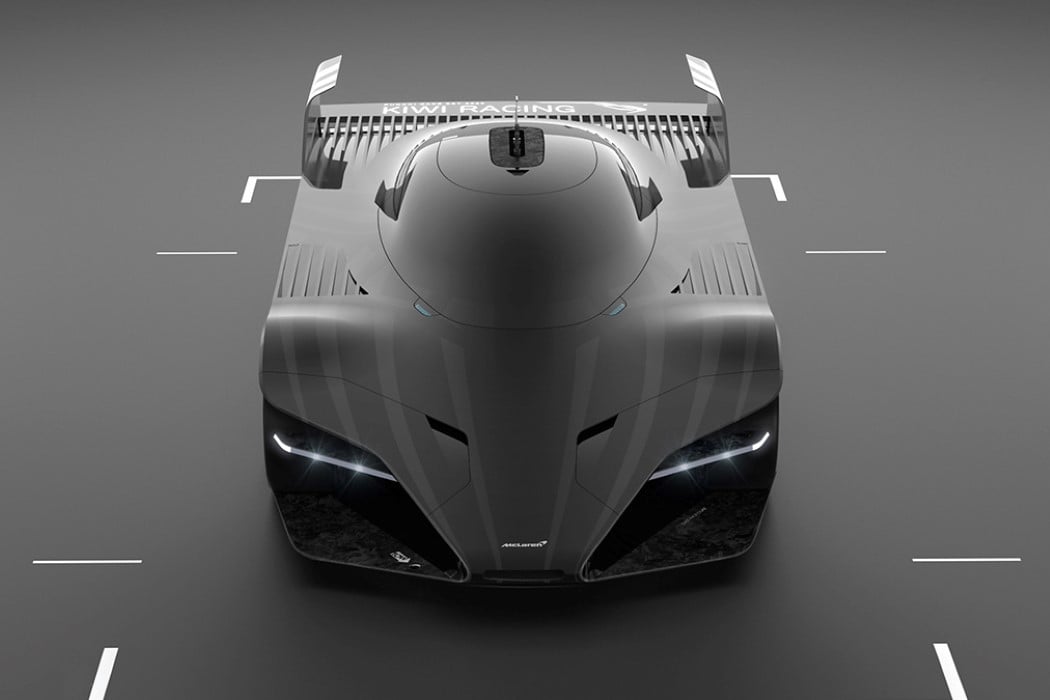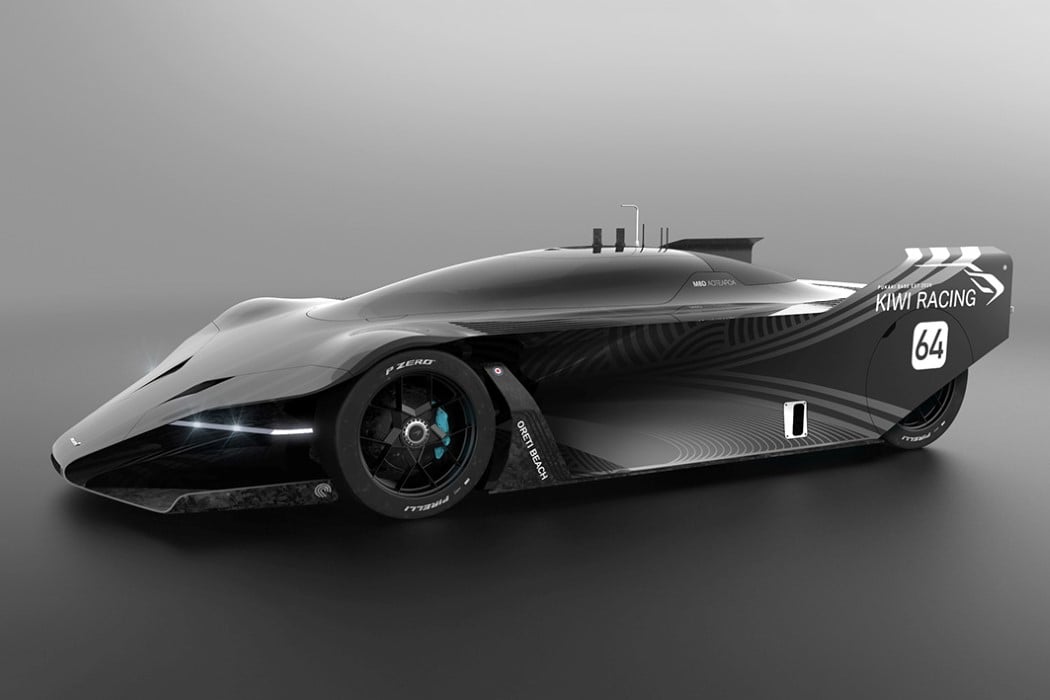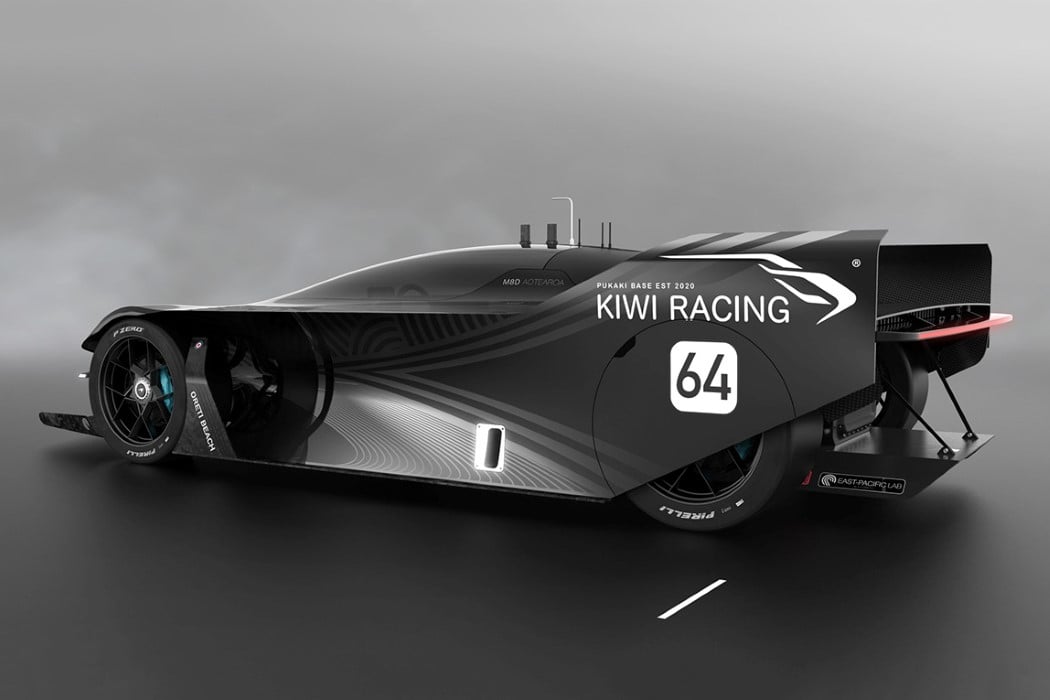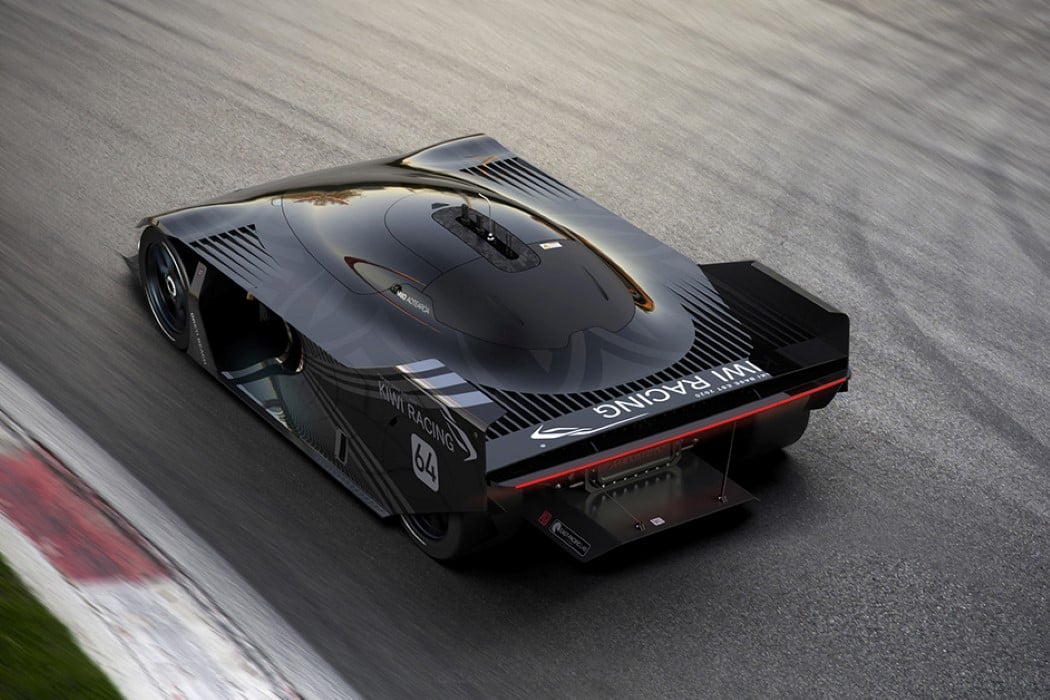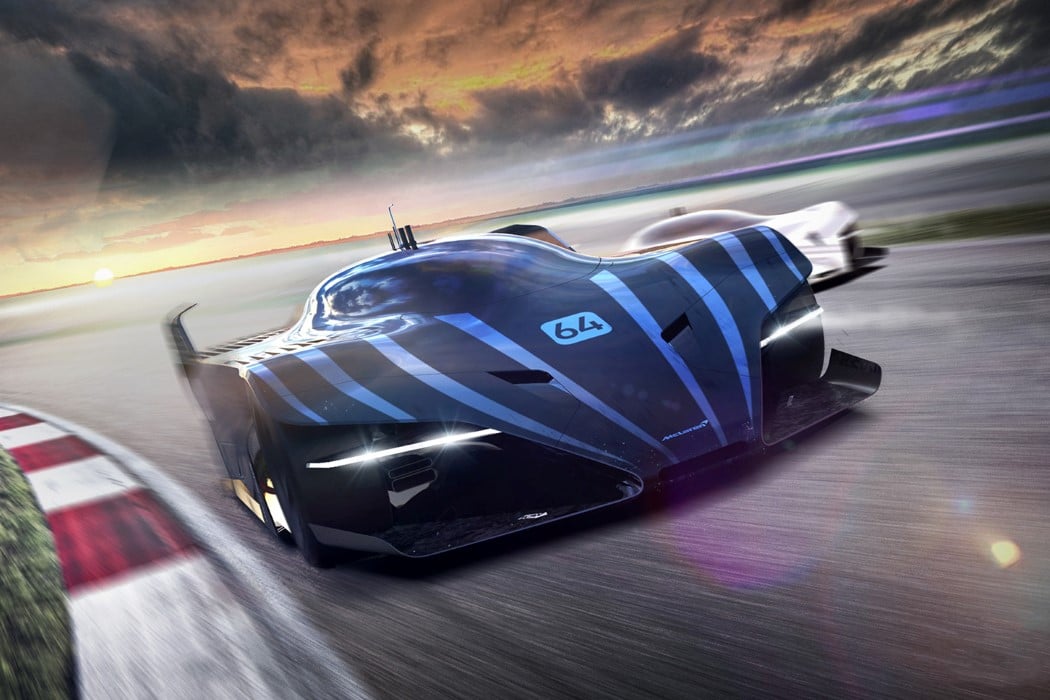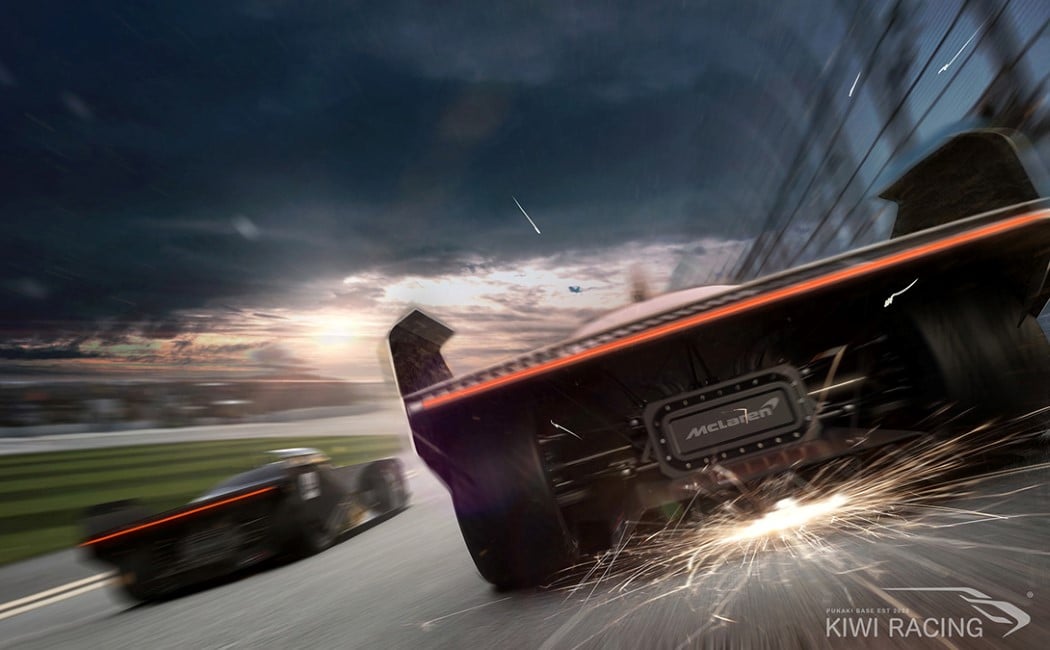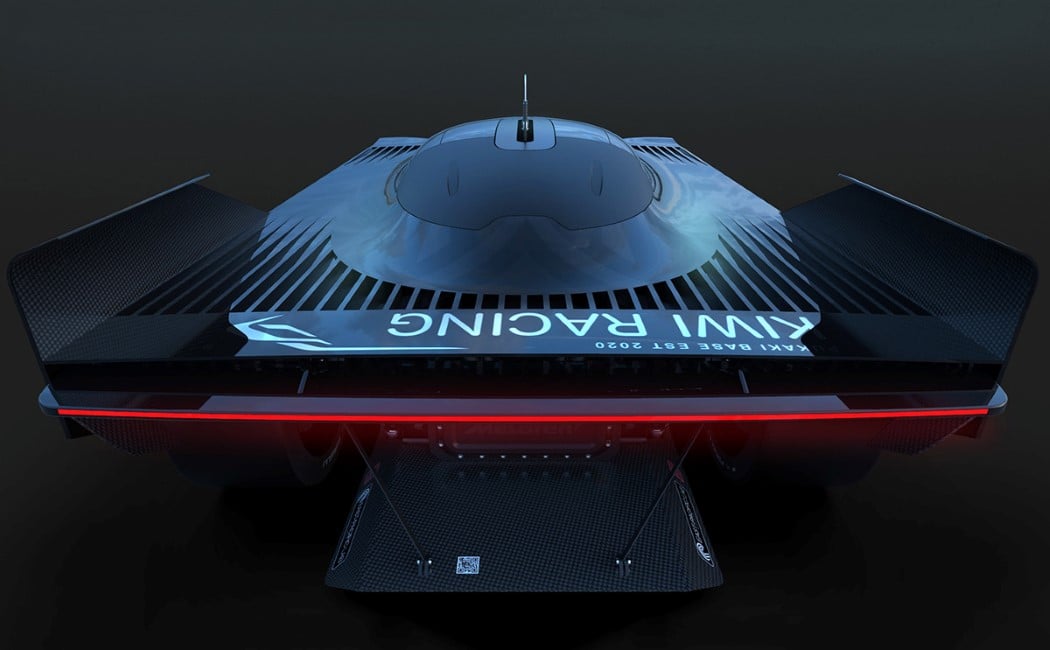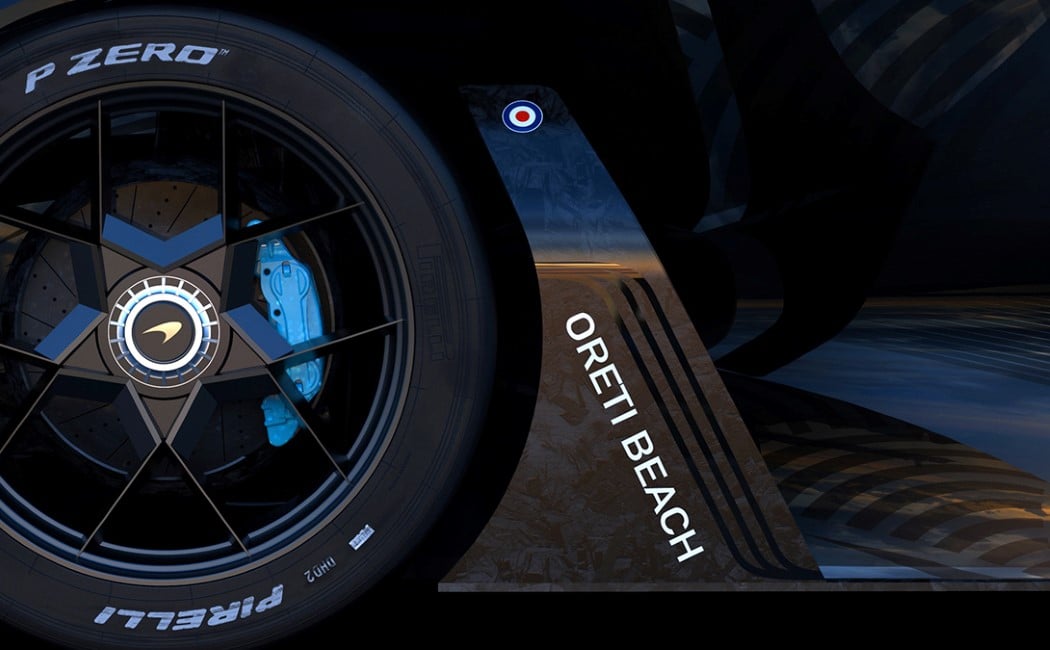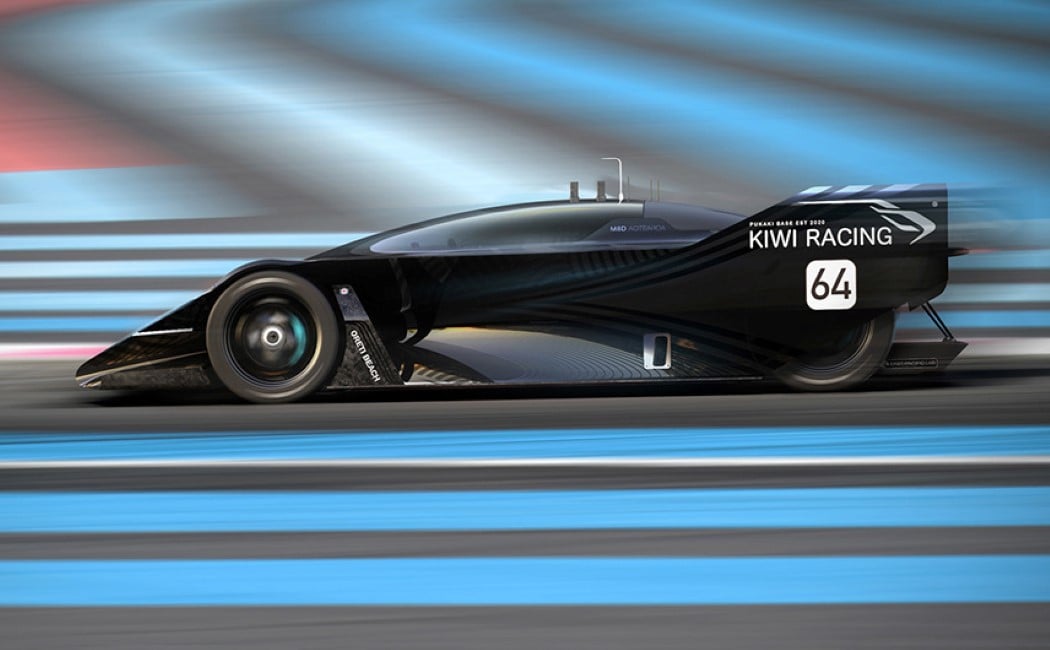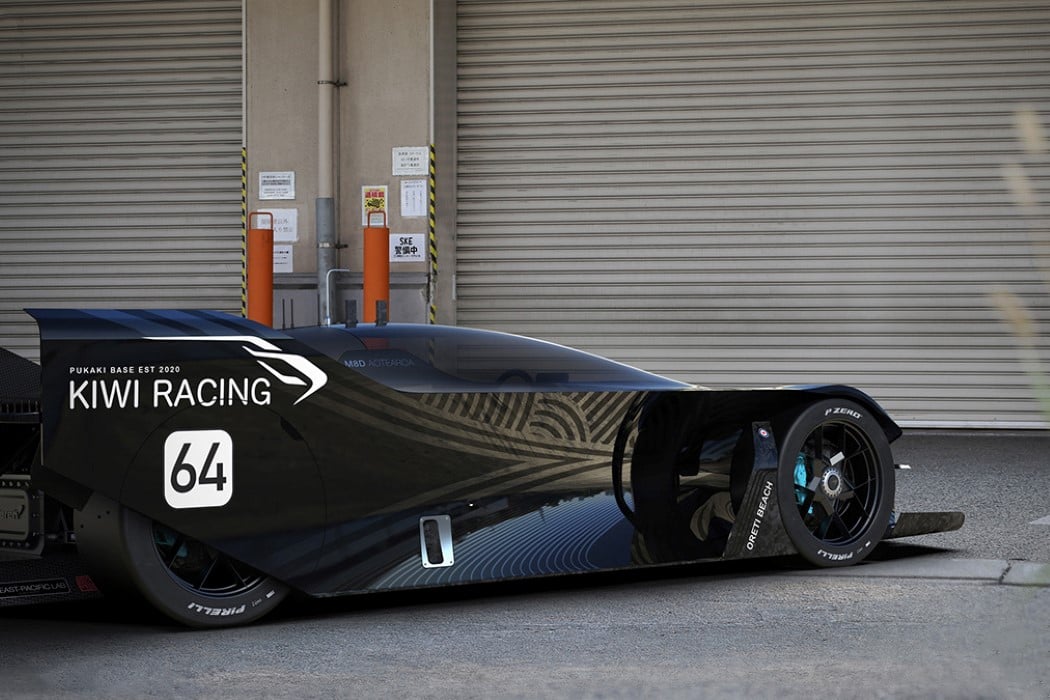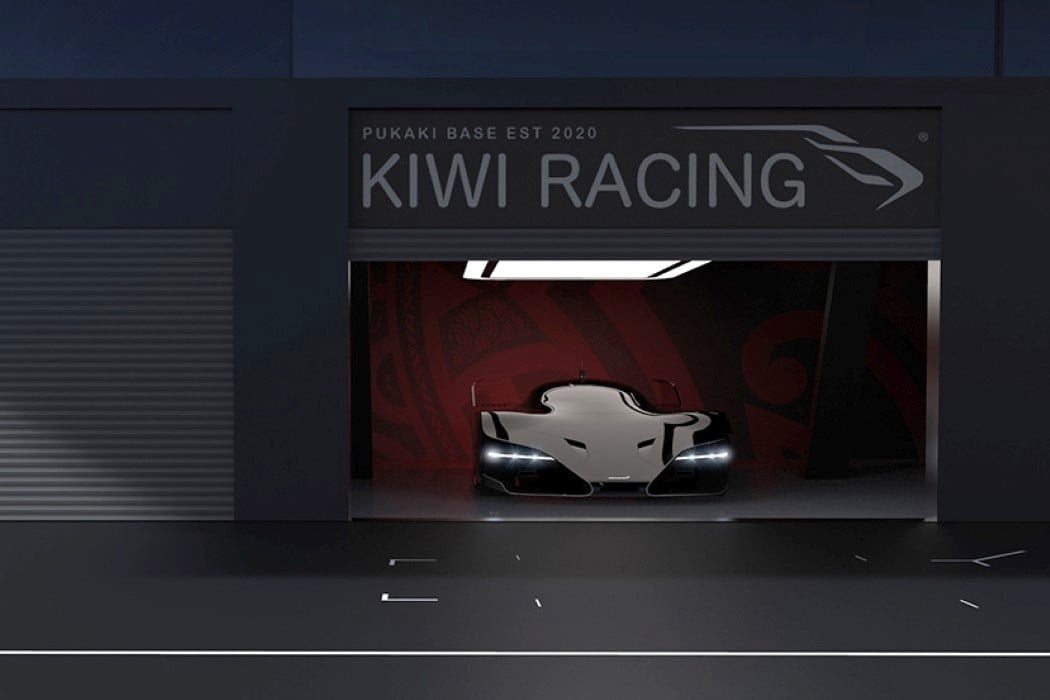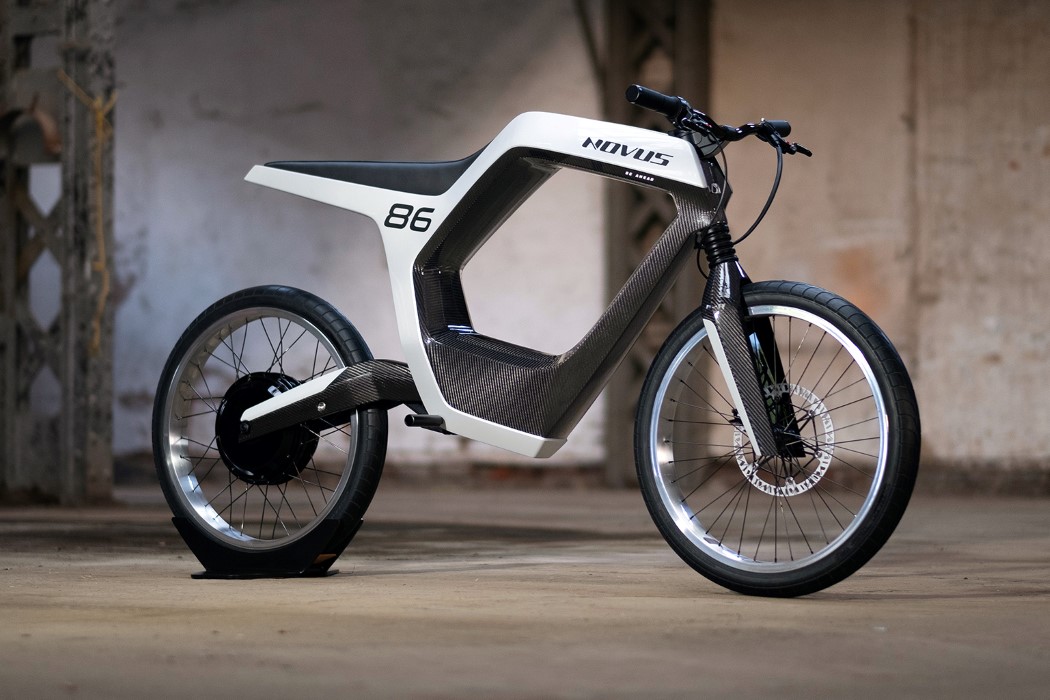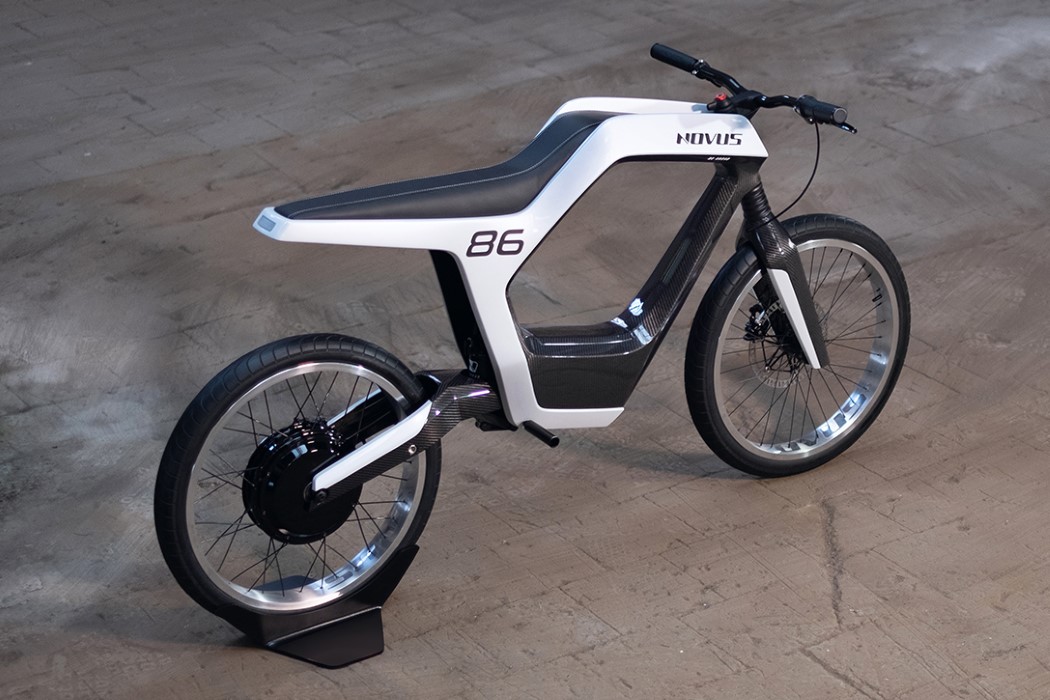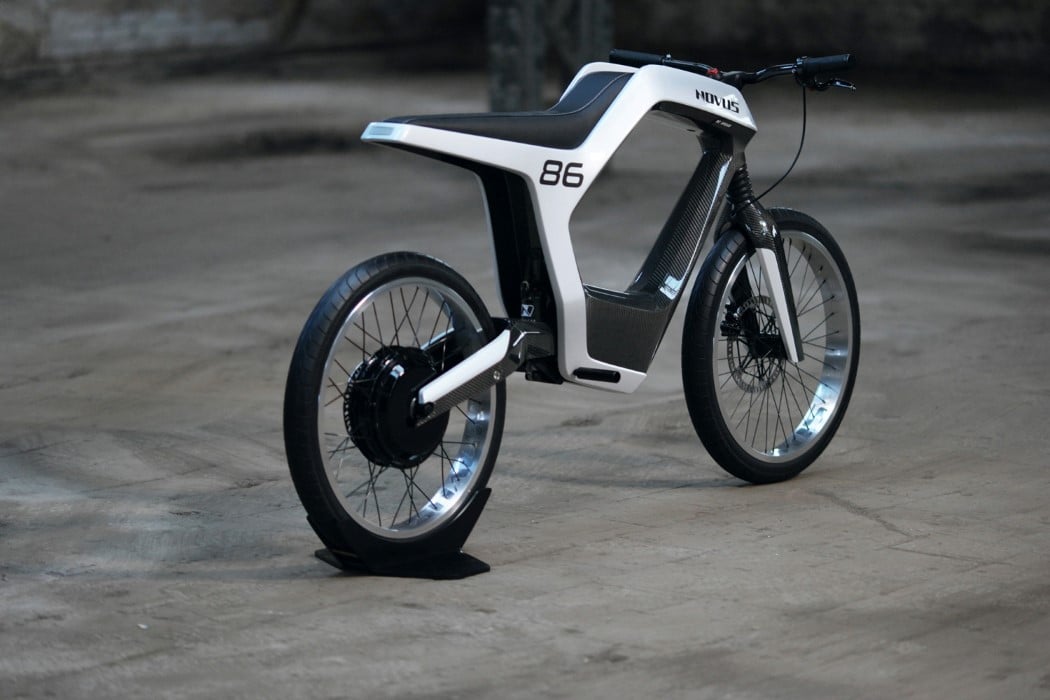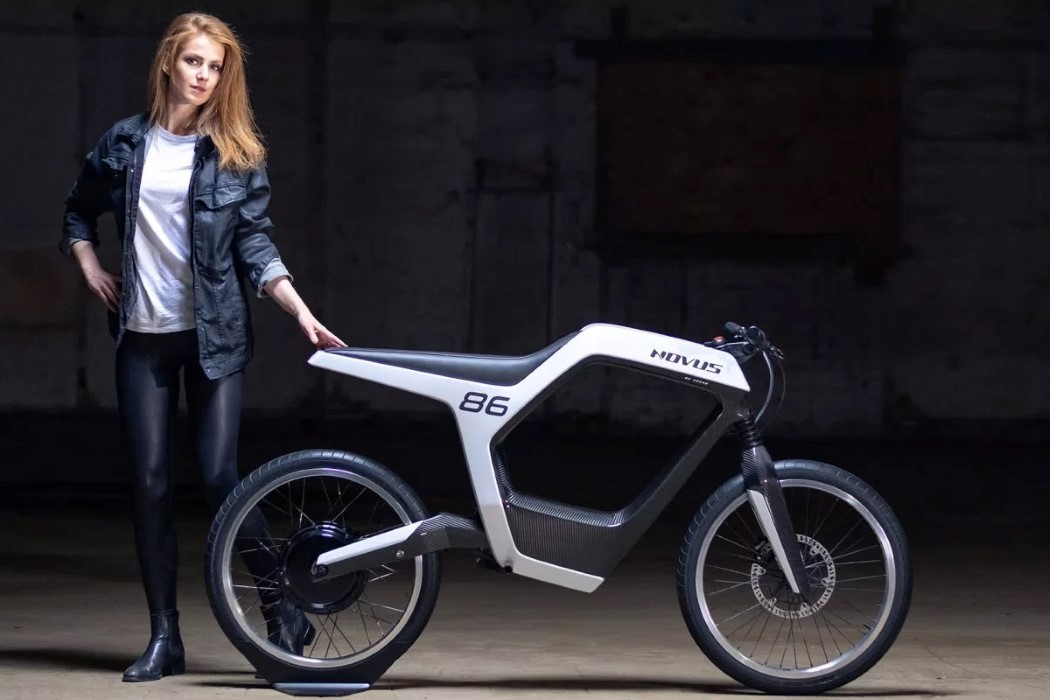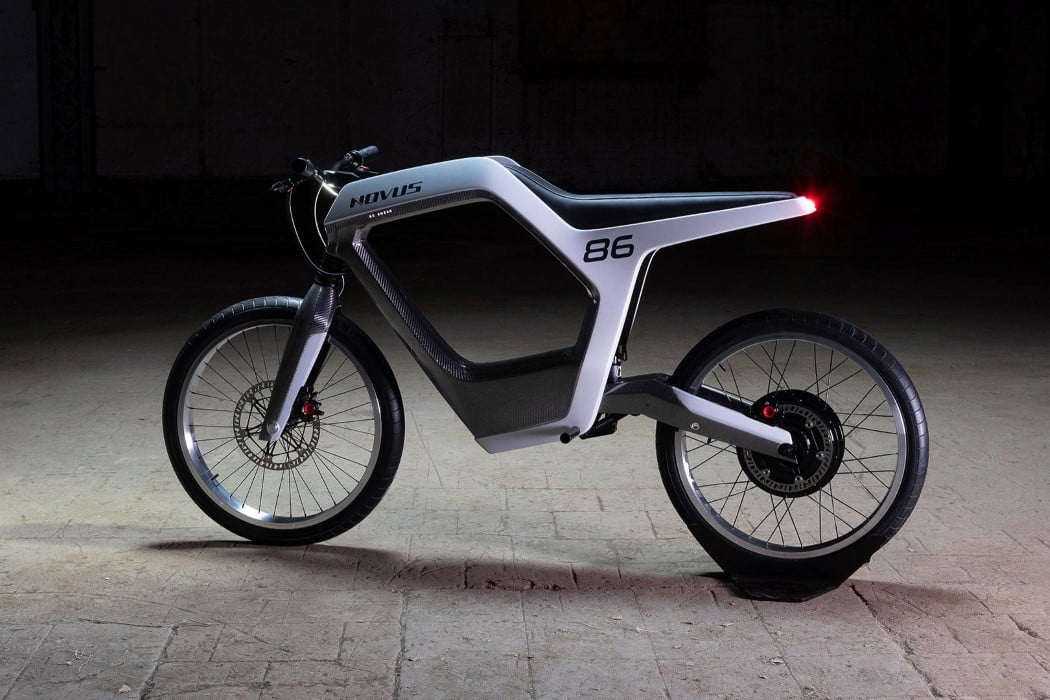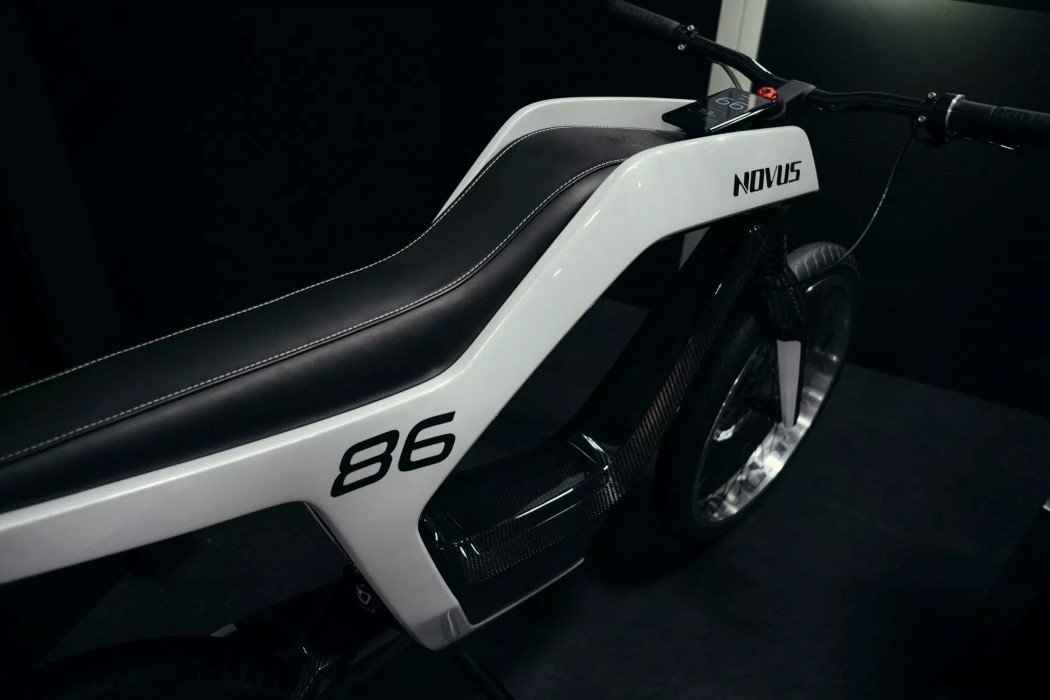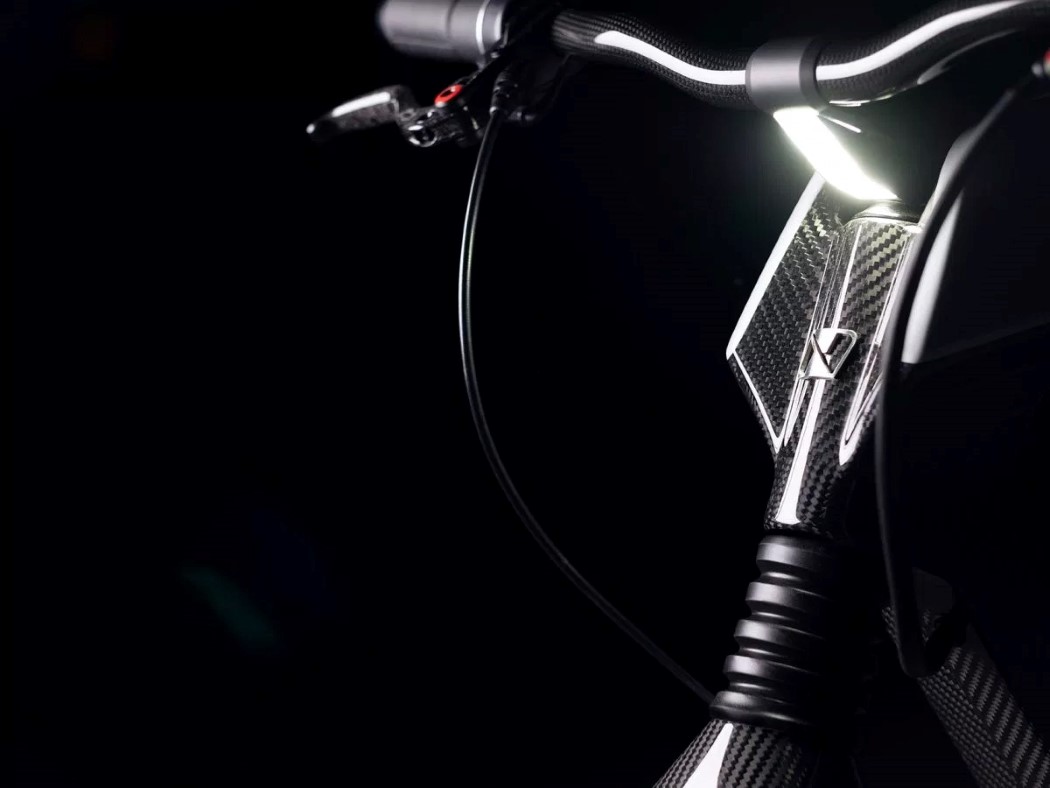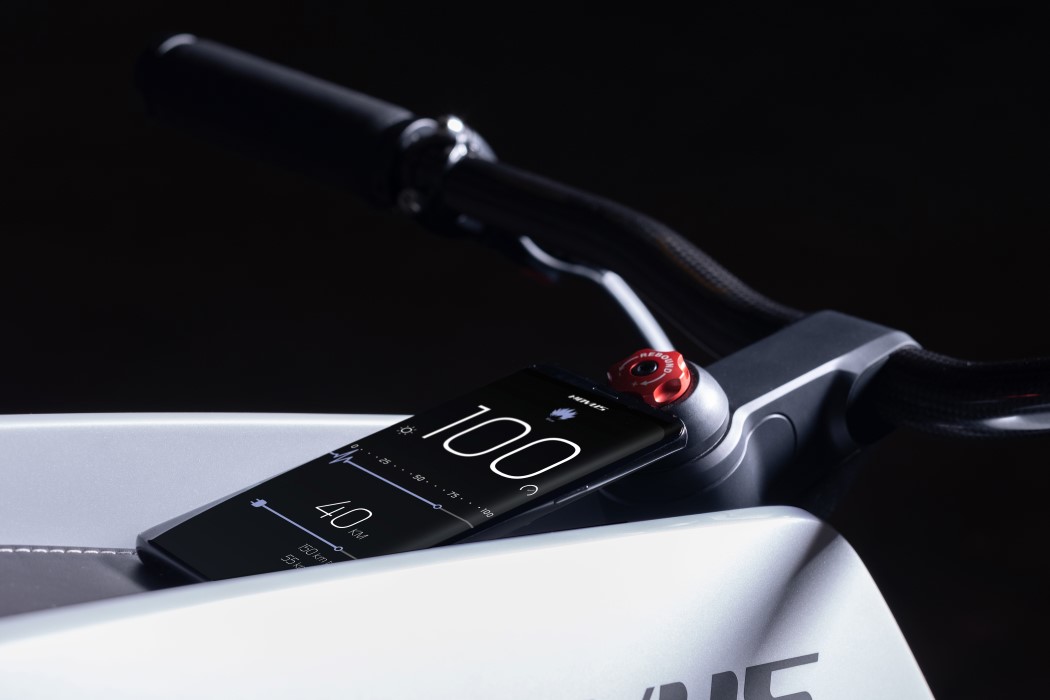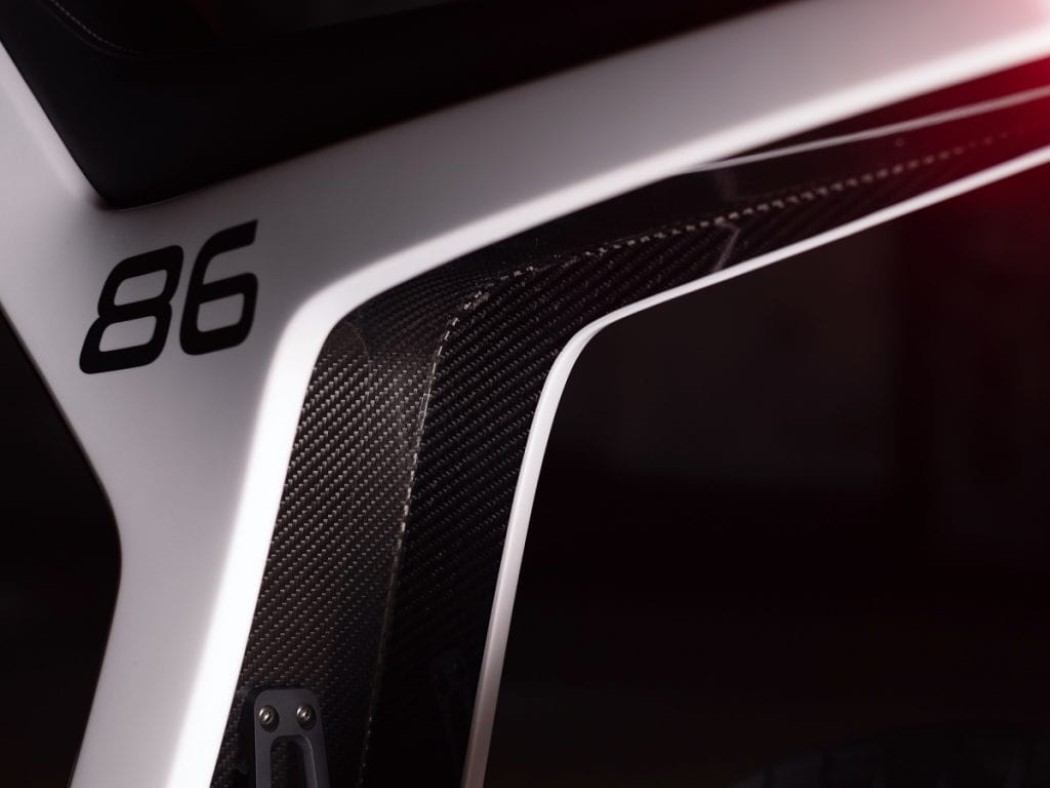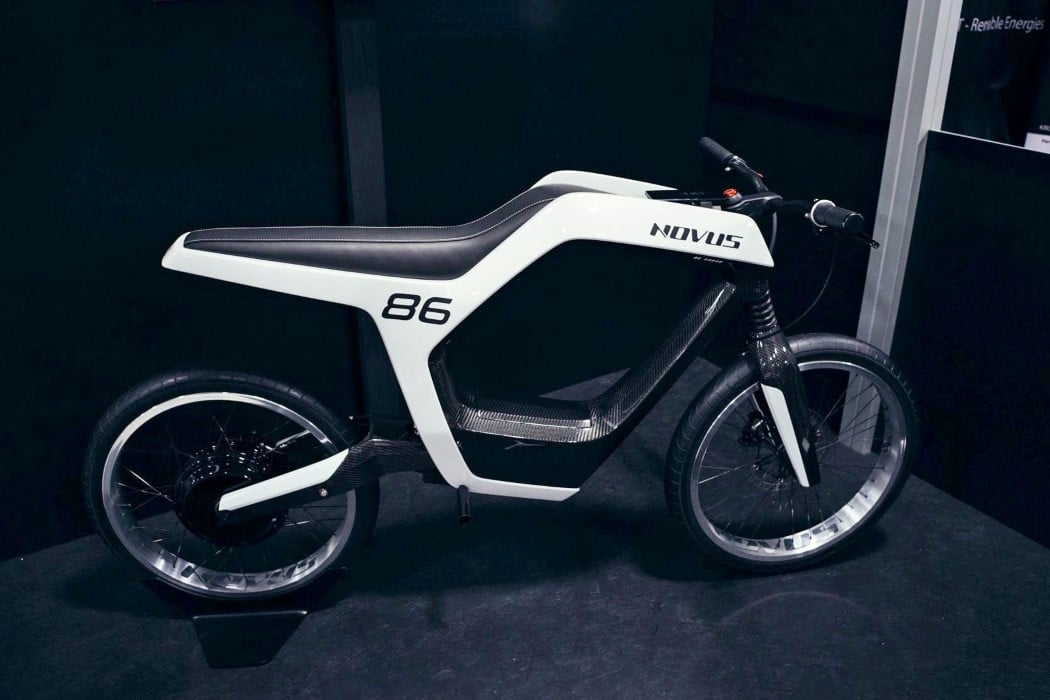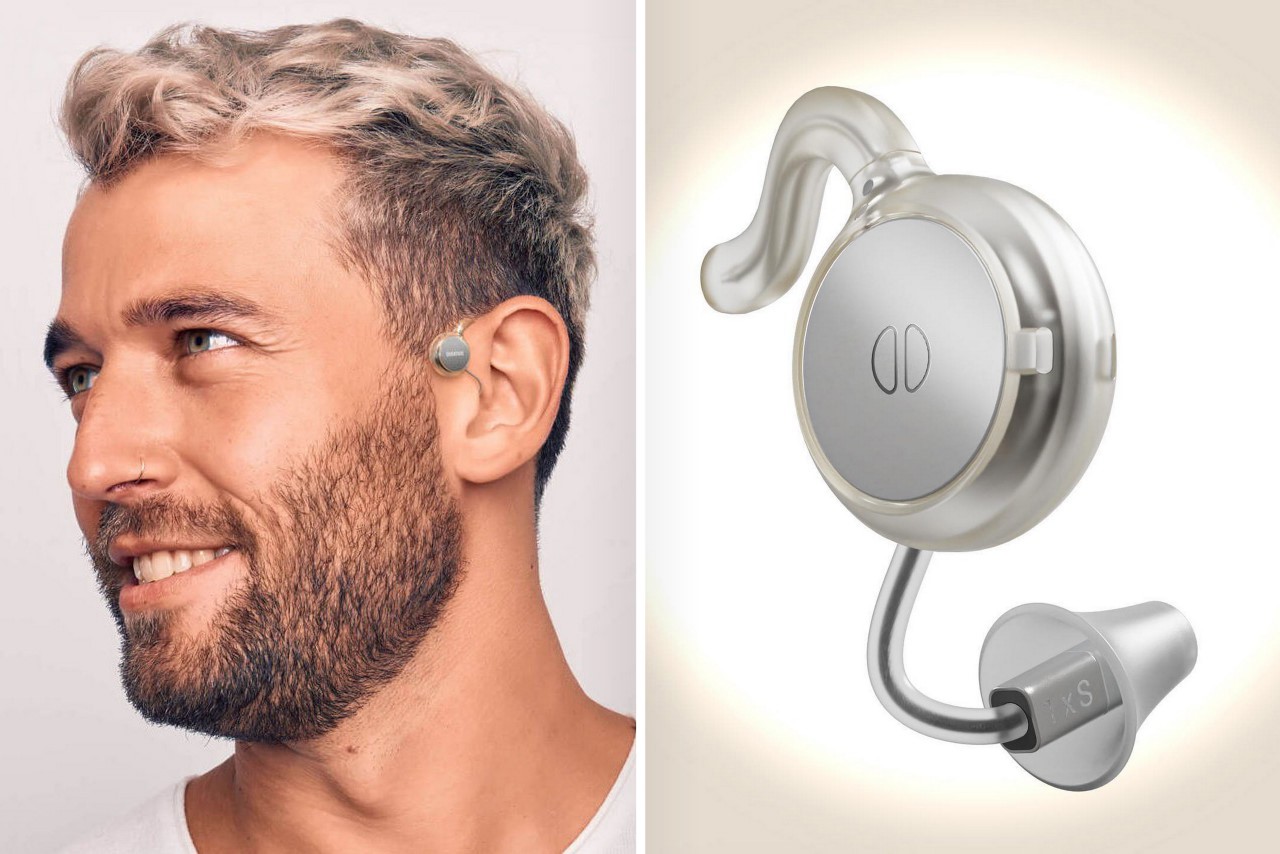
“Medical devices don’t need to feel like a burden. Glasses are cool, so why can’t hearing aids be too?”
The spectacles are a stellar example of a medically corrective device that’s successfully transitioned into being an object of haute fashion. The pandemic saw a similar treatment to N95 face masks too, but for the most part, medical devices aren’t designed to ‘look good’. They’re either designed to be invisible (like those invisible braces that keep popping up in Instagram’s ads), or have such a medical-forward design that they actually end up deterring people. Nobody likes showing off their asthma inhaler or nebulizer, and people would much rather prefer a stylish walking stick over a pair of crutches.
Hearing aids fall within that domain too, with most people agreeing that they have a design that can attract unwanted attention or sympathy, even though the people wearing them would just like to live a normal lifestyle. Designed to look modern rather than medical, the Overtone hearing aids are just about as stylish as high-fashion TWS earbuds. They sit comfortably around your ear, with a minimal design that features a small ear clip and a metallic disc that looks almost like a Neuralink implant.
Designers: Nick Morgan-Jones and Gray Dawdy (Overtone)

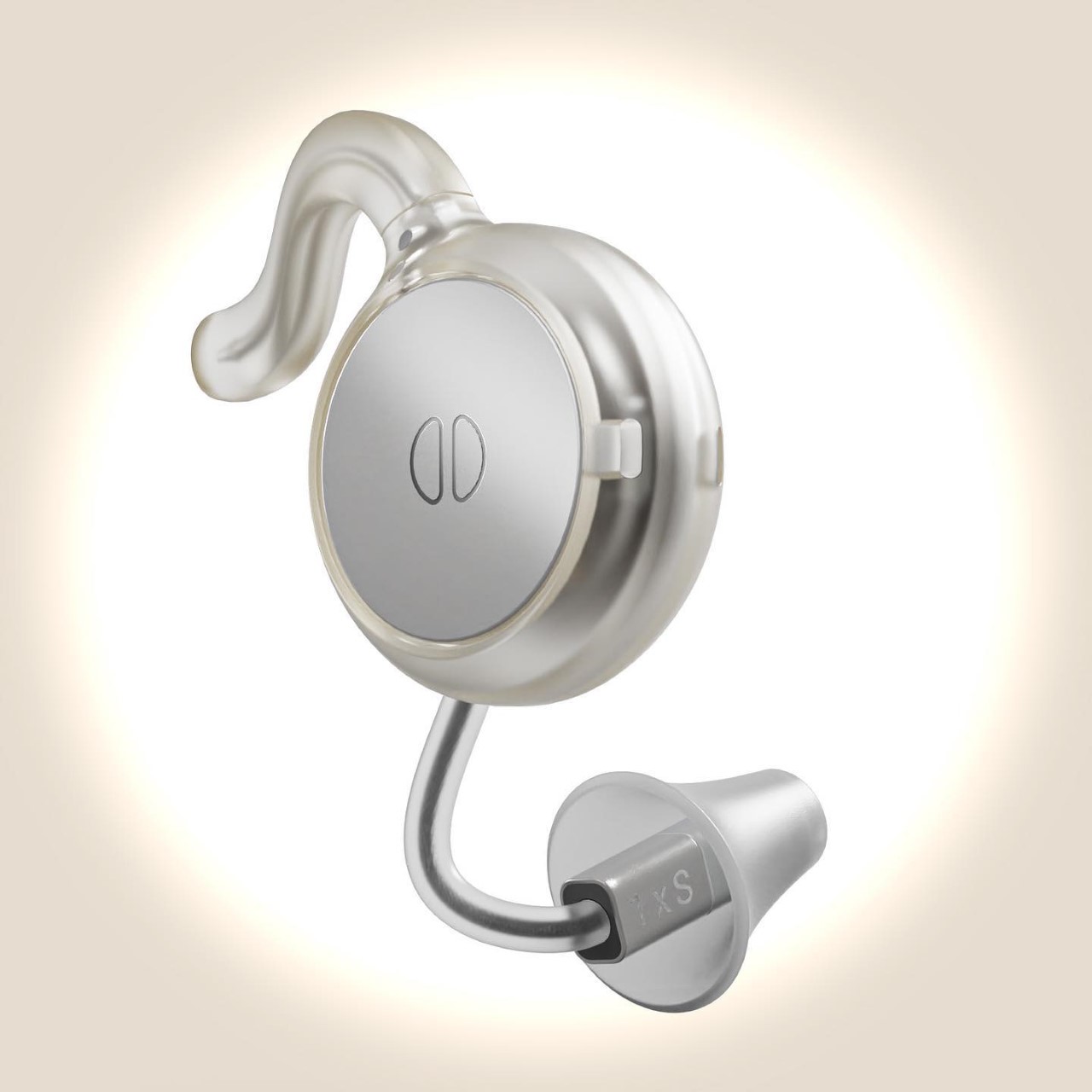
The Bluetooth-enabled hearing aids work to enhance your listening powers while being ‘unapologetically visible’. The individual earpieces hook to each ear, and pair with your smartphone to let you set up your hearing profile. Once configured, the Overtone earpieces let you clearly listen to sounds around you, while Bluetooth connectivity allows you to take calls or listen to music/watch videos through the earpieces themselves.
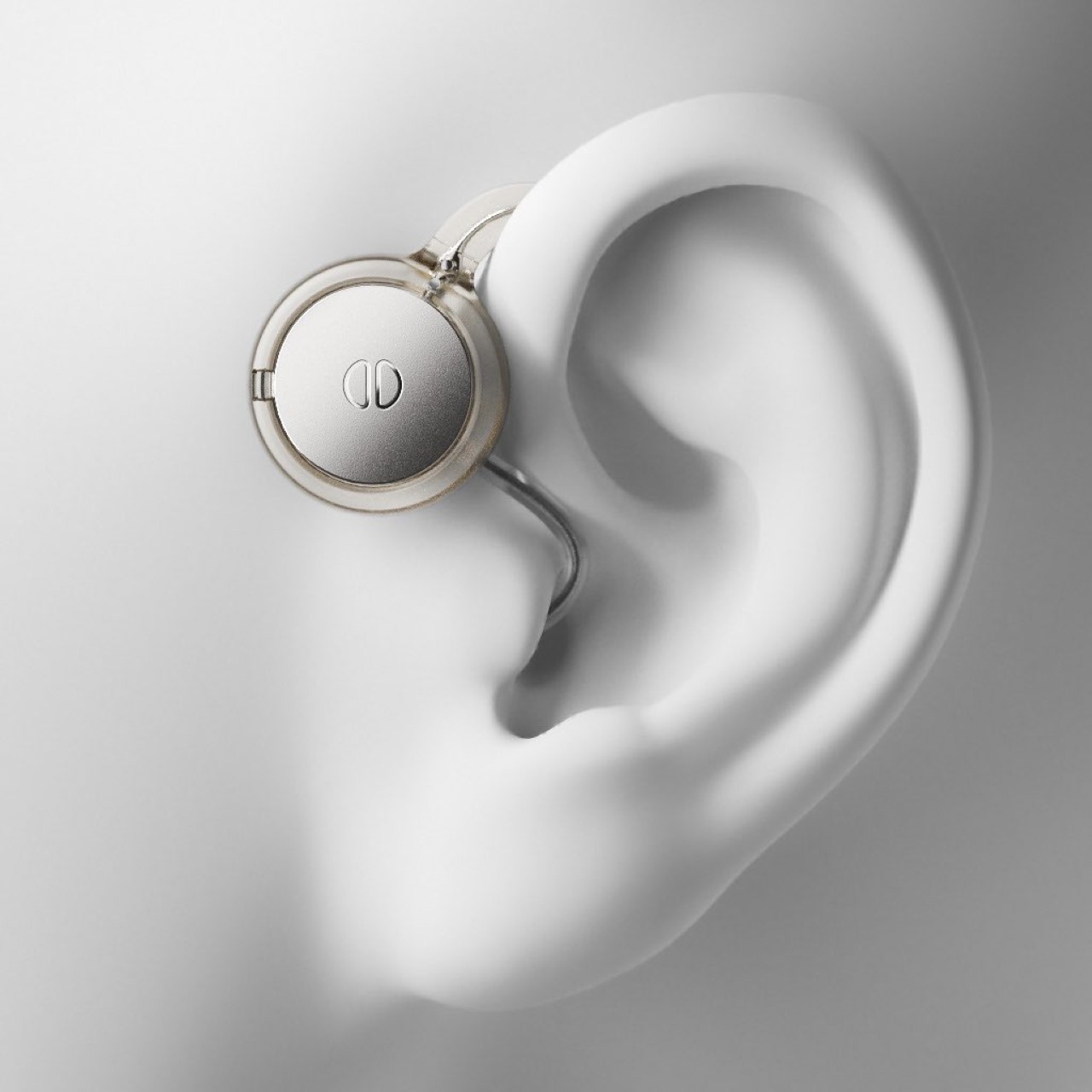


The Overtone was created by Berlin-based designers Nick Morgan-Jones and Gray Dawdy, who wanted to uplift hearing aids to a new fashion standard. “We’re building the hearing equivalent of designer eyewear,” said Morgan-Jones. To that very end, the Overtone has a design that feels minimal and universal. The transparent material and stainless steel details borrow directly from eyewear, while the overall design is made to augment your appearance by making you look like you’re from the future.


The Overtone is currently under development, with a waitlist open for people looking to buy their own pair of hearing wearables. The devices come with a 24-hr battery life on a full charge, and ship with a charging case that gives them an additional 36 hours of use.
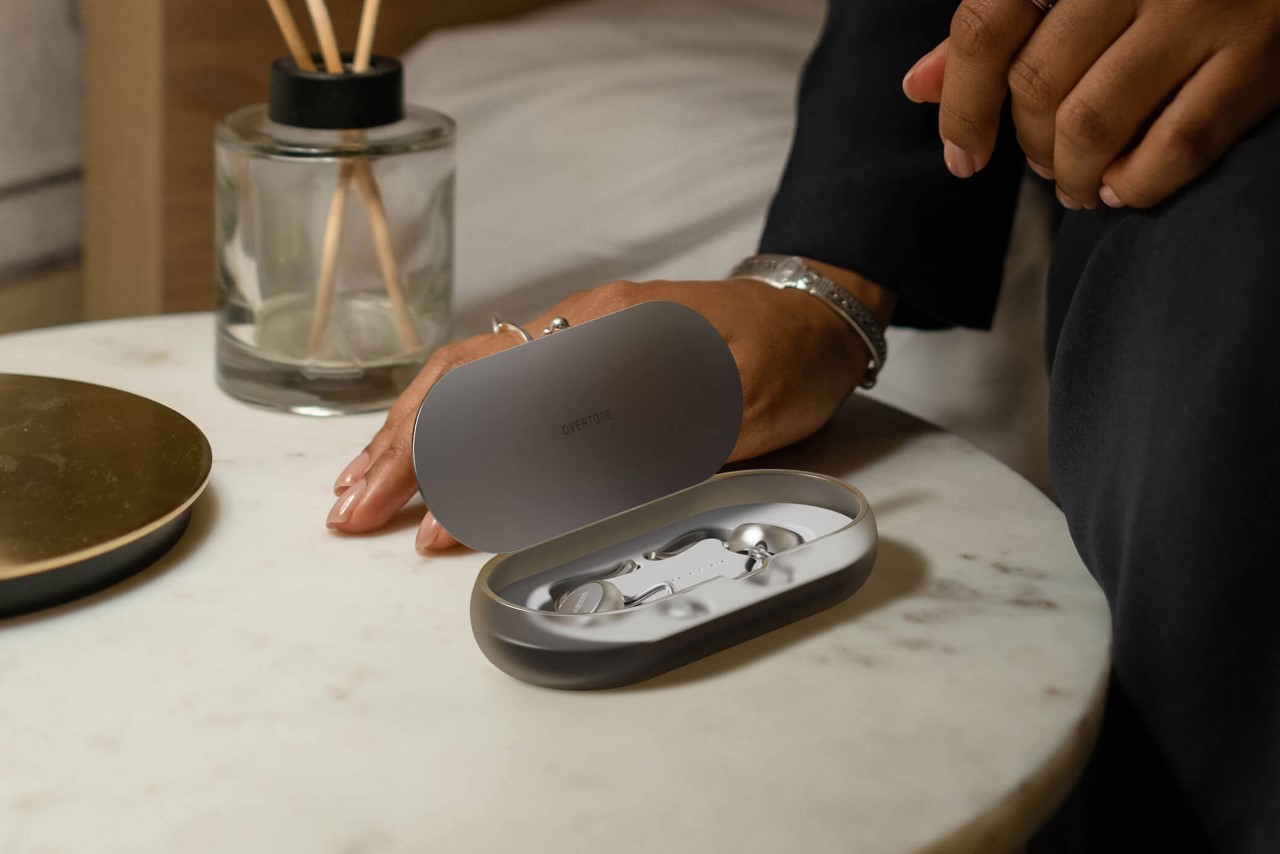
The post This hearing aid’s sleek redesign turns the medical device into a fashion wearable first appeared on Yanko Design.
